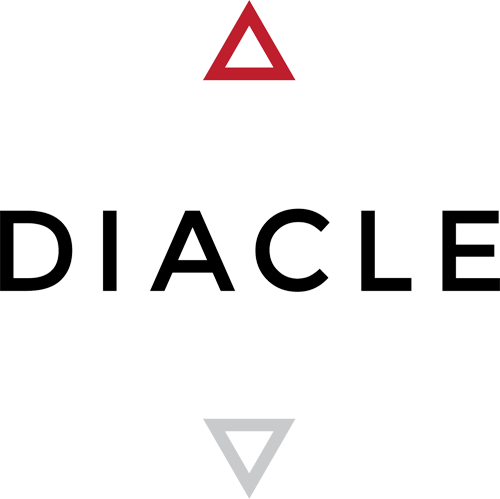DIGITAL CASH USING BLOCKCHAIN TECHNOLOGY
Bitcoin can be difficult for users to understand.
Alternative is to create digital ‘fiat’ (government) cash using blockchain technology.
There are a few alternatives: one is a digital bearer asset so that ensuring that it performs exactly like a cryptocurrency. A second option is that the digital cash is created, but registered against users ensuring end-to-end compliance on transfer. Most of the current initiatives, technically, act like bearer instruments.
The idea is as follows:
The consumer sends fiat money to the issuer. Who then creates digital ‘fiat’ cash, pegged against the fiat money provided. The digital cash is then redeemable against the issuer for ‘fiat’ money.
Advantages
Transfer costs are minimal due to use of blockchain technology. Permitting access to unbanked individuals as transactions outside of banking system. Processing costs are minimal, reducing fees payable by merchants. It is also a potential alternative to pre-pay electronic money like PayPal or card-based money.
Problems
There’s an AML risk for bearer assets in addition to regulatory issues surrounding the definition of the instrument. Dependency on blockchain could become an issue. Issuer risk – there needs to be trust in that the issuer will be in a position to redeem the value. It is also a questionable legal tender.
Use-cases:
Bitt
A group based in Barbados are using Coloured Coins to issue digital Barbados dollars. Bitt have obtained clearance from the Central Bank of Barbados.
We spoke to Oliver Gale from Bitt, who said:
“With the support of Overstock Bitt is now fully focused on completion of the blockchain driven ecosystem and our mission to offer more affordable financial access to the people of the Caribbean, starting in Barbados. With digital dollars, mobile wallets and an exchange we are at an advanced stage of development, in the next year we will expand this suite to include merchant processing, teller and money transfer applications.”
Tether.to
Tether is similar to the Bitt project. However, tether uses Omni as the protocol for the issuance of the digital cash.
LHV
LHV provided something similar, for which they won the Estonian Banking Association’s 2016 Innovation Award in Estonia. The Cuber Wallet works with Coloured Coins. Fiat money is received, LHV then issues fiat tokens in the Cuber Wallet representing Certificates of Deposit. These are then transferable between anyone who has downloaded the Cuber Wallet.
Regulatory Matters
With fiat digital cash, it is easier to understand but now you must trust the issuer of the tokens. These tokens are often simply defined as another type of cryptocurrency. For instance, in the UK the Financial Conduct Authority (FCA) does not regulate fiat pegged cryptocurrency, however, in the US the issuer would be defined as an MSB. There may be other regulatory consequences, which are dependent how they are interpreted by the courts – such as banknote regulations which prevent any actor from creating banknotes.
